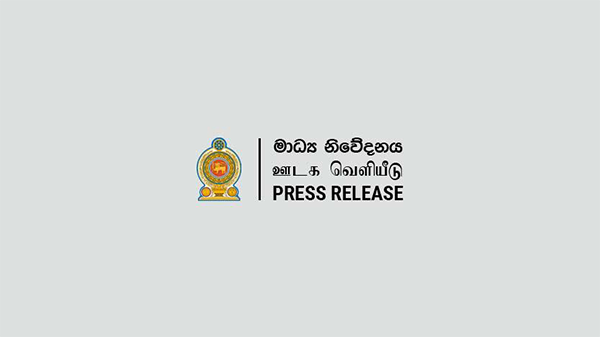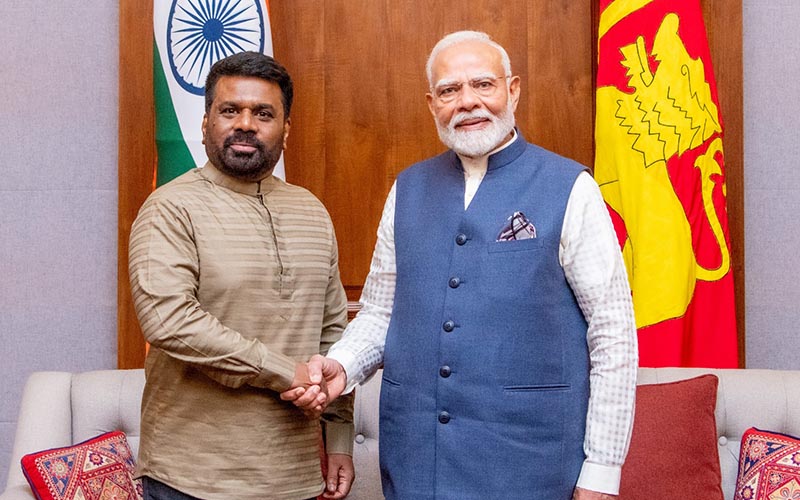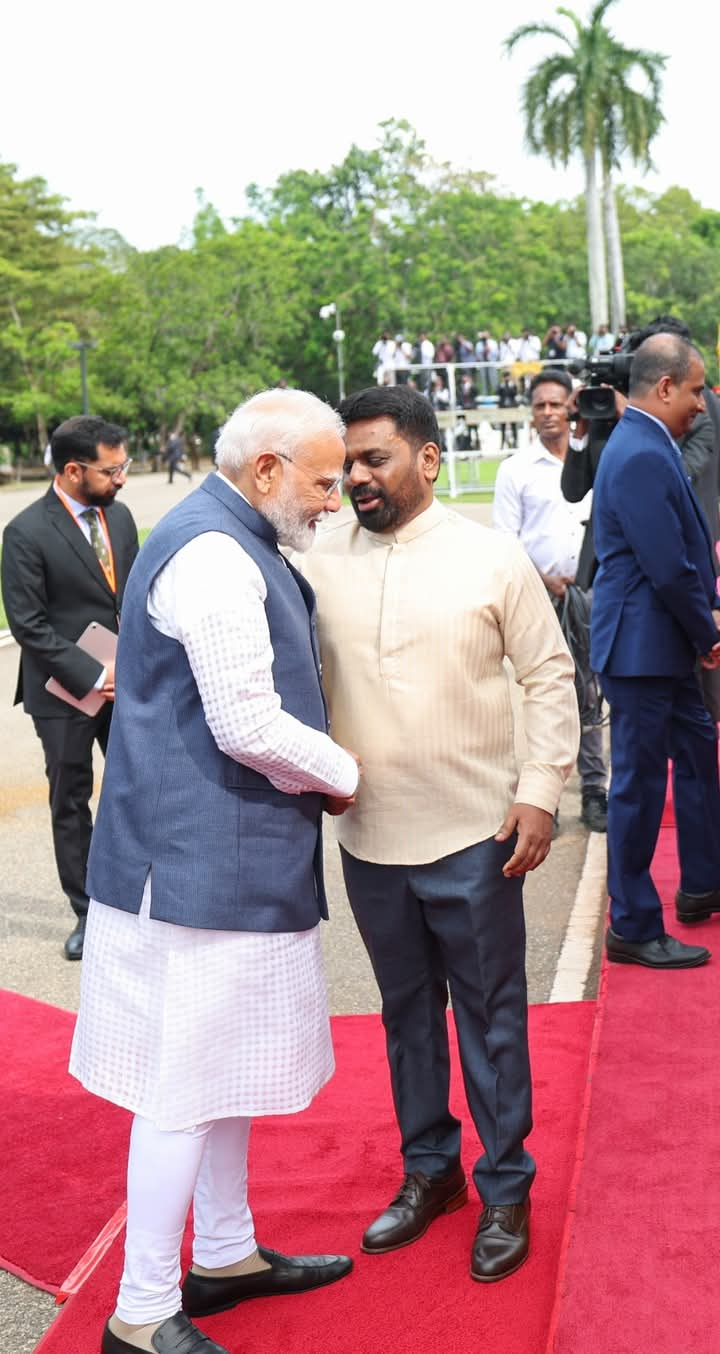News
Sri Lanka being fleeced through debt restructuring, says Economic Analyst

There isn’t a significant difference between the debt restructuring proposals made by private bondholders and the government of Sri Lanka, Economic Analyst Dhanusha Gihan Pathirana told The Island.
On 16 April 2024, the Sri Lankan government announced that the country’s debt restructuring process with private bondholders had hit a roadblock and that despite “constructive discussions”, the two sides did not come to an agreement on “restructuring terms.” The Ministry said that the Steering Committee comprises 10 of the largest bondholders and that the Ad Hoc Group controls “approximately 50 percent of the aggregate outstanding amount of ISBs.” These bondholders represent about 12 billion U.S dollars of the country’s total debt.
“When one looks at the announcement, one would feel that there is a significant difference in the proposals by private bondholders and the government of Sri Lanka. Verite Research has found that there isn’t a significant difference between the proposals made by private bondholders and the government of Sri Lanka,” he said.
The average interest rates for commercial loans are about 5 to 6 percent. The Ad Hoc Group of Bondholders, which consists of some of the country’s biggest private holders of debt, in its proposal has called the South Asian nation to issue a “Macro-Linked Bond” (MLB) as a part of new securities that will be offered to those who hold existing bonds.
“The Ad Hoc Group has suggested Sri Lanka pays an interest rate of 9.75 percent for the MLBs if Sri Lanka grows, on average by 5.3 percent, in the coming five years. The government has agreed to go up to 9 percent. You can see the difference here is minute,” he said.
He said that if Sri Lanka has to pay private bondholders over 9 percent interest when the average growth rate is around 5.3 percent from 2024 to 2028, the interest rate is almost double that of growth rate.
“One of the economic principles is that growth rate and interest rates must be roughly equal. If the profit rate is significantly higher than the growth rate, there will be significant inequality. Thus, the proposals of the bondholders and the government is a violation of basic economic principles,” he said.
Sri Lanka is trying to restructure about 25 billion dollars of its debt, although the total foreign debt is about 50 billion dollars. Sri Lanka continues to pay about 11 billion dollars of debt from multilateral organizations.
“But we are paying them. This is one of the points China raises. What the Chinese ask is why aren’t the multilateral agencies taking a haircut for the loans they have given,” he said.
The bond holders have agreed to give a 28 percent haircut to the debt they hold. However, in 2001 Argentina imposed a roughly 75 percent haircut on its creditors while Greece received a 64 percent haircut in 2012. Sri Lanka is trying to restructure about 25 billion dollars of its debt, although the total foreign debt is about 50 billion dollars. Sri Lanka continues to pay about 11 billion dollars of debt from multilateral organizations.
“Look at what has happened to Greece and Argentina even after such a large haircut. The debt to GDP ratio of Greece was about 160 percent in 2012. Even with a haircut which was over 50 percent of its GDP, Greece again has a debt to GDP ratio of about 160 percent,” he said.
On the other hand, if the GDP of the country picks up and goes above 98.9 billion dollars in 2028, Sri Lanka will virtually get no haircut from private bond holders.
“Imagine if we continue to grow at 5.3 percent, the haircut for private creditor debt will drop to about six to seven percent. The IMF says our GDP will be at about 80 billion by 2028. The Ad Hoc Group says, if the GDP is over 96 billion, they want Sri Lanka to pay an interest rate of 9.75 percent. This is simple,” he said.
Pathirana said the Sri Lankan government, too, has asked for a very small haircut, with a proposal that is identical with the one presented by the debt holders.
“The government wants to show us that it’s bargaining. Unfortunately for us, this is all very performative. What I want people to understand is, if Greece and Argentina are still in trouble despite massive haircuts, what is the fate of Sri Lanka that is asking for a very small haircut?” he asked.
When countries restructure, the concept of net present value is used, he said. The country will probably get a five-year period where we won’t have to repay debt from private creditors. However, once Sri Lanka starts to pay back loans it will have to pay 1.3 billion dollars as interest for the loans, which is subjected to another four percent interest.
“This is what we call ‘poli pita poli gahanawa’ (interest on top of interest). They are fleecing us,” he said.
Latest News
Discussions between Sri Lankan and Indian delegations at the presidential secretariat

Following the conclusion of bilateral discussions between President Anura Kumara Disanayake and Prime Minister of India, Shri Narendra Modi, official-level talks between the delegations of Sri Lanka and India commenced this morning (05) at the Presidential Secretariat in Colombo.
Representing the Government of Sri Lanka were Prime Minister Dr. Harini Amarasuriya, Minister of Foreign Affairs, Foreign Employment and Tourism, Vijitha Herath; Minister of Labour and Deputy Minister of Economic Development, Anil Jayantha; Secretary to the President Dr. Nandika Sanath Kumanayake; Governor of the Central Bank of Sri Lanka, Dr. P. Nandalal Weerasinghe, along with other senior officials.
The Indian delegation included Minister of External Affairs Dr. S. Jaishankar, National Security Advisor Ajit Doval, Foreign Secretary Vikram Misri and His Excellency Santosh Jha, High Commissioner of India to Sri Lanka, along with several other senior officials of the Government of India.
Latest News
Indian Prime Minister Shri Narendra Modi arrives at the presidential secretariat

Indian Prime Minister Shri Narendra Modi, who arrived in Sri Lanka on the invitation of President Anura Kumara Disanayake on Friday [04] night, visited the Presidential Secretariat this morning (05).
The Indian Prime Minister was warmly welcomed by President Anura Kumara Disanayake upon his arrival at the Presidential Secretariat.
Prime Minister Modi is currently on a state visit to Sri Lanka, reaffirming the theme “Friendship of Centuries — Commitment to a Prosperous Future” which symbolises the longstanding ties between Sri Lanka and India. The Indian Premier is scheduled to remain in the country until tomorrow (06).
[PMD]
Latest News
Indian PM receives warm welcome

The official welcoming ceremony for Indian Prime Minister Narendra Modi, was held this morning (05) at the Independence Square in Colombo.
On arrival at the Independence Square the Indian Prime Minister was warmly welcomed by President Anura Kumara Disanayake.
-

 Business2 days ago
Business2 days agoStrengthening SDG integration into provincial planning and development process
-

 News6 days ago
News6 days agoBid to include genocide allegation against Sri Lanka in Canada’s school curriculum thwarted
-

 Sports7 days ago
Sports7 days agoSri Lanka’s eternal search for the elusive all-rounder
-

 Business23 hours ago
Business23 hours agoNew SL Sovereign Bonds win foreign investor confidence
-

 Sports3 days ago
Sports3 days agoTo play or not to play is Richmond’s decision
-

 News7 days ago
News7 days agoComBank crowned Global Finance Best SME Bank in Sri Lanka for 3rd successive year
-

 Features7 days ago
Features7 days agoSanctions by The Unpunished
-

 Features7 days ago
Features7 days agoMore parliamentary giants I was privileged to know











